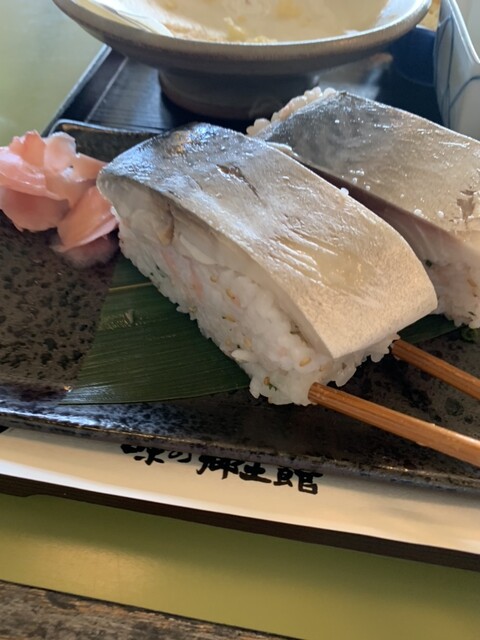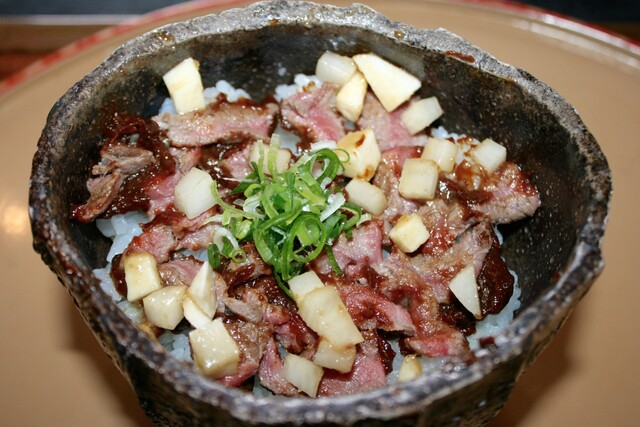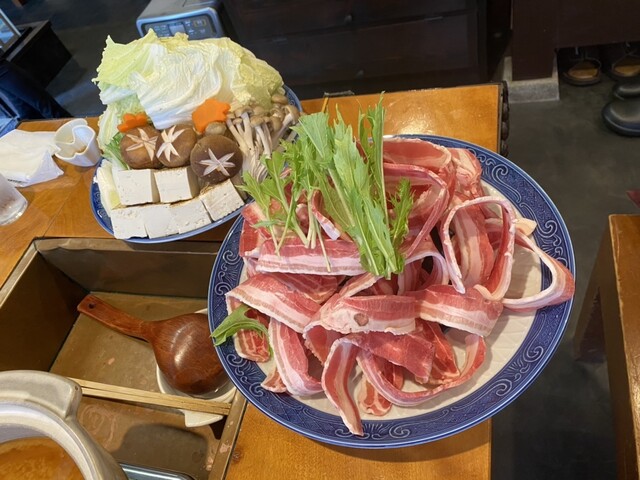
Kasuga Shrine in Tamba Sasayama is a shrine located in the heart of the Tamba Sasayama castle town, and is affectionately known as "Okasugasama" by the locals. The proper way to visit the shrine is to first bow in front of the red torii gate, then walk along the edge of the approach path without stepping in the center, and bow again in front of the small gate called "zuishinmon" before passing through it. After that, wash your hands and mouth at the temizuya (water basin) and head towards the main hall. In front of the main hall, bow lightly and quietly place your offering without throwing it in. Ring the bell to let the gods know you have come, bow twice, clap your hands twice, and then with your hands together, express gratitude for your daily life and make your vows. Finally, bow deeply and take a step back before bowing lightly again. This is the correct way to visit the shrine. Please refer to these instructions when you visit.
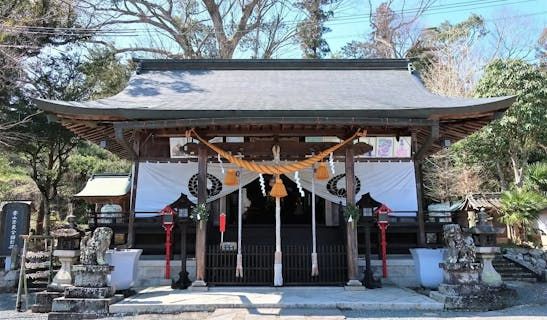










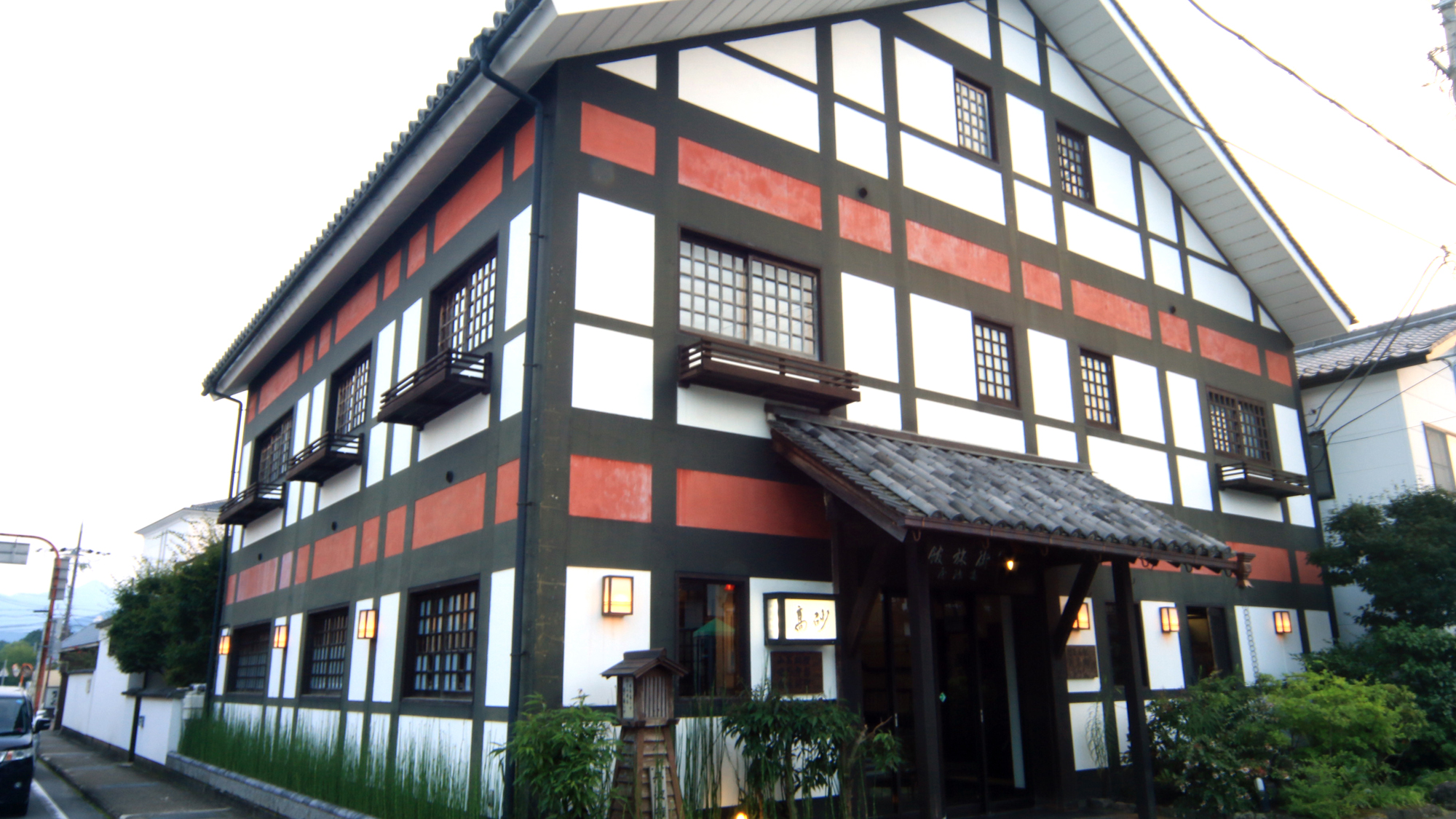

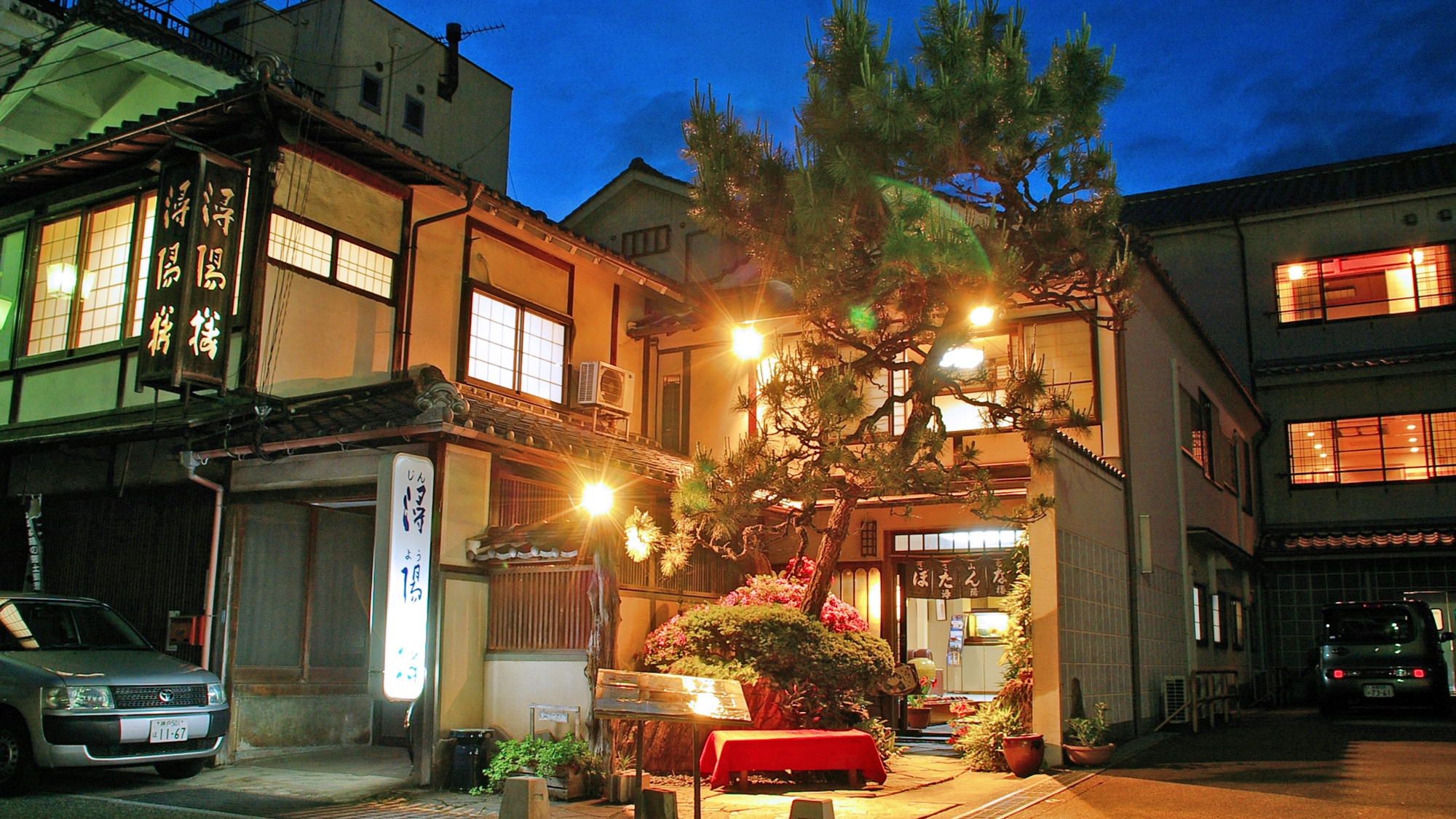
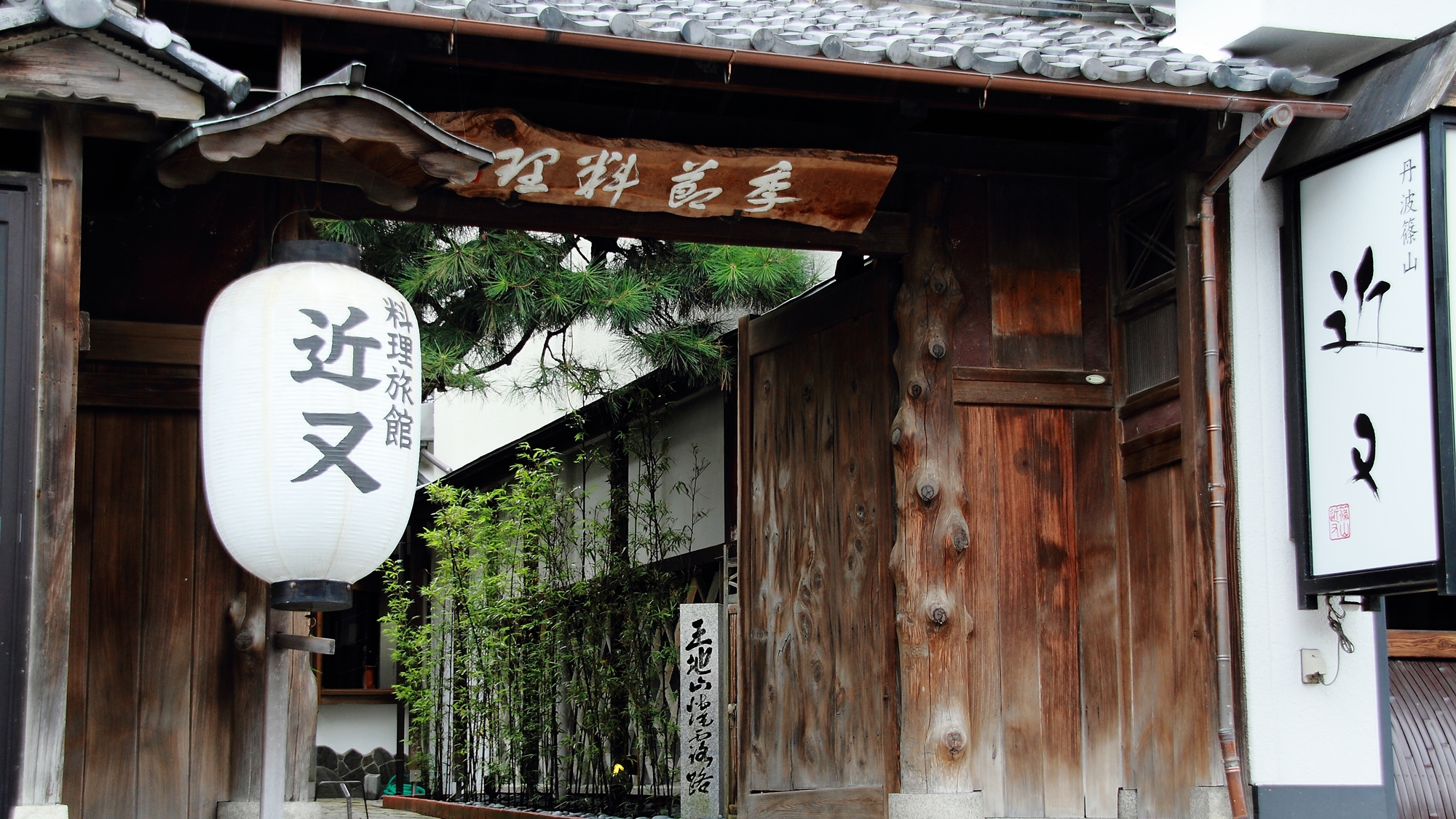
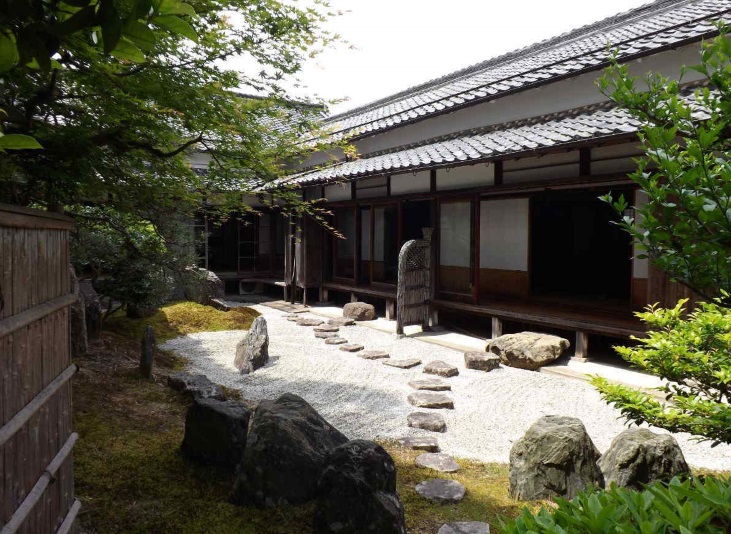







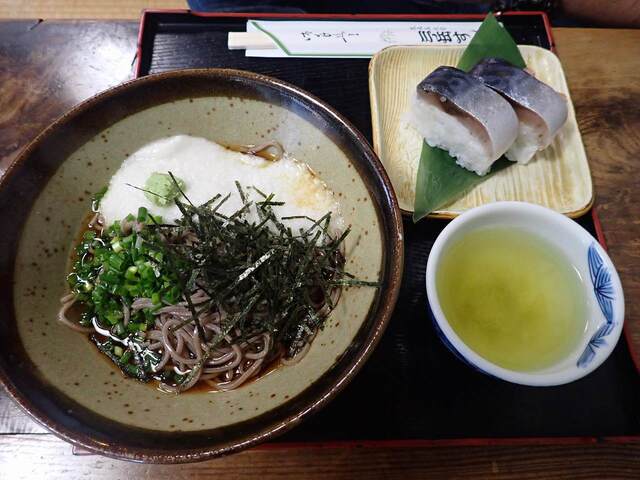
 ¥1,000~¥1,999
¥1,000~¥1,999
 -
-
